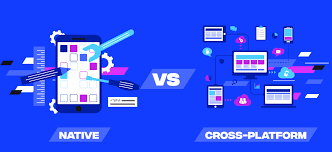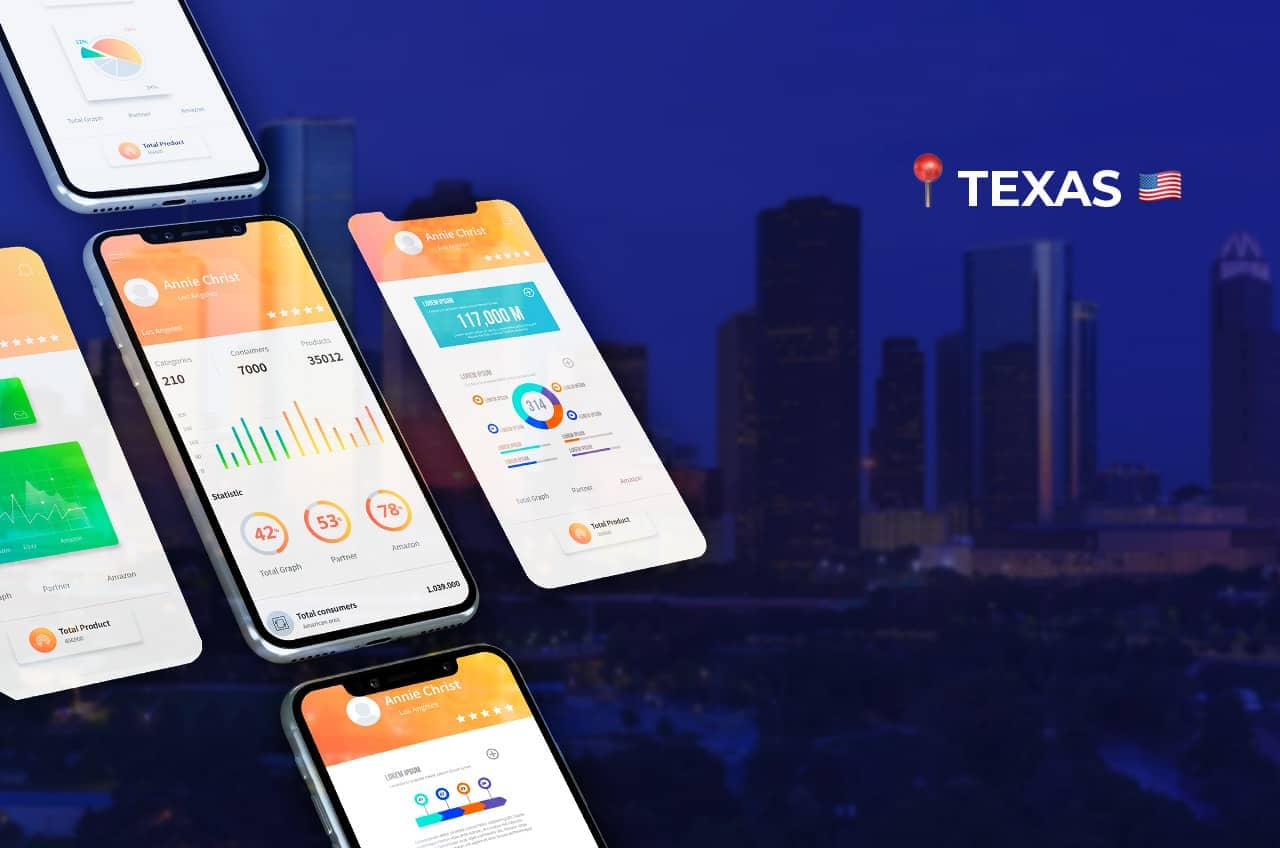If you’re looking for a reliable app development company in Texas, understanding the differences between cross-platform and native apps is essential for your startup. Choosing the right approach can save time, reduce costs, and ensure your app delivers the best experience to your users. In this guide, we’ll break down everything you need to know to make the right decision.
So, here’s the deal with native apps. You’re building for just one platform—think iOS or Android, not both. If you team up with a local Texas development crew, you get some pretty sweet perks:
- These things are FAST. Like, buttery-smooth, zero-lag, scroll-with-your-pinky fast.
- You can play with all the cool toys: camera, GPS, push notifications, the whole shebang.
- Security? Top-notch. Each platform’s got its own rules, and native apps play by them.
- The whole look and feel just fits because it follows the platform’s own vibe.
Now, don’t get too excited—going native isn’t cheap. You’re basically building the same app twice if you want both iOS and Android. But if you care about polish and speed, and you know your users are on one side, it’s totally worth it.
Now, let’s talk cross-platform. This is where stuff like Flutter or React Native comes in. One codebase—boom, your app’s everywhere. If you snag a good Texas dev shop, you’ll probably end up with:
- A much quicker launch. Write it once, push it everywhere, and grab lunch while you’re at it.
- Your wallet will thank you. Less time coding, less cash burned.
- The app looks and works the same no matter where people use it—no weird surprises.
- Want to tweak something? Update it once, and it changes everywhere. Magic.
If you want to get your app in front of as many eyeballs as possible, as fast as possible, this is the way. Especially if you’re not trying to reinvent the wheel with some wild device features.
How do we help Texas startups figure this out? Simple—we ask nosy questions:
- Who’s actually gonna use your app? Are they glued to iPhones or is it Android city?
- Does your app need to do fancy stuff no one’s tried before?
- How much cash and time do you really have?
- Planning to expand later, or is this a one-and-done deal?
We dig into all of that so you’re not betting the farm on the wrong horse.
Must-Have Stuff for Any Decent Startup App
No matter how you build it, don’t forget the basics:
- Don’t make people think—easy navigation is everything.
- Lock it down—nobody wants their info stolen.
- Plug in analytics. You want to see what’s working and what’s just eating up space.
- Push notifications. Don’t be annoying, but don’t be silent either.
- Plan ahead. Make sure your app can handle growth and new features.
Our Texas app folks are pros at making sure you don’t skip any of this.
So, is it really that stressful to pick between native and cross-platform? Nah, not if you’ve got someone who actually knows what they’re doing guiding you. Partner with a team that gets Texas startups, and you’ll find the right balance of speed, money, and performance. Nail your app, and you’ll stand out in the Texas scene—maybe even make your competitors sweat a little.




